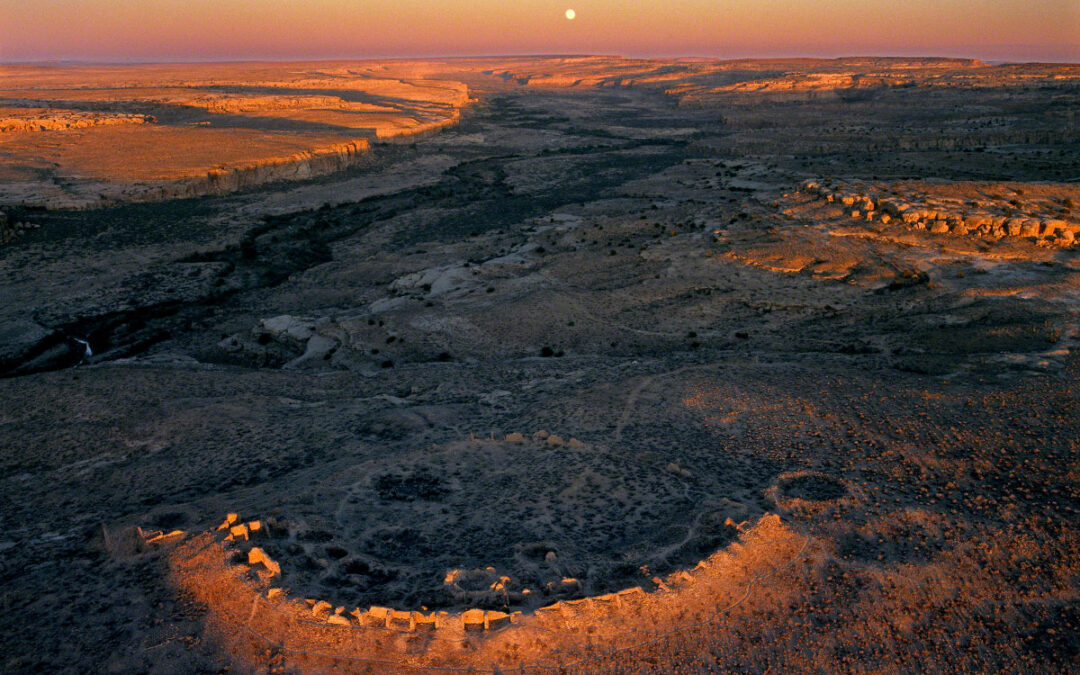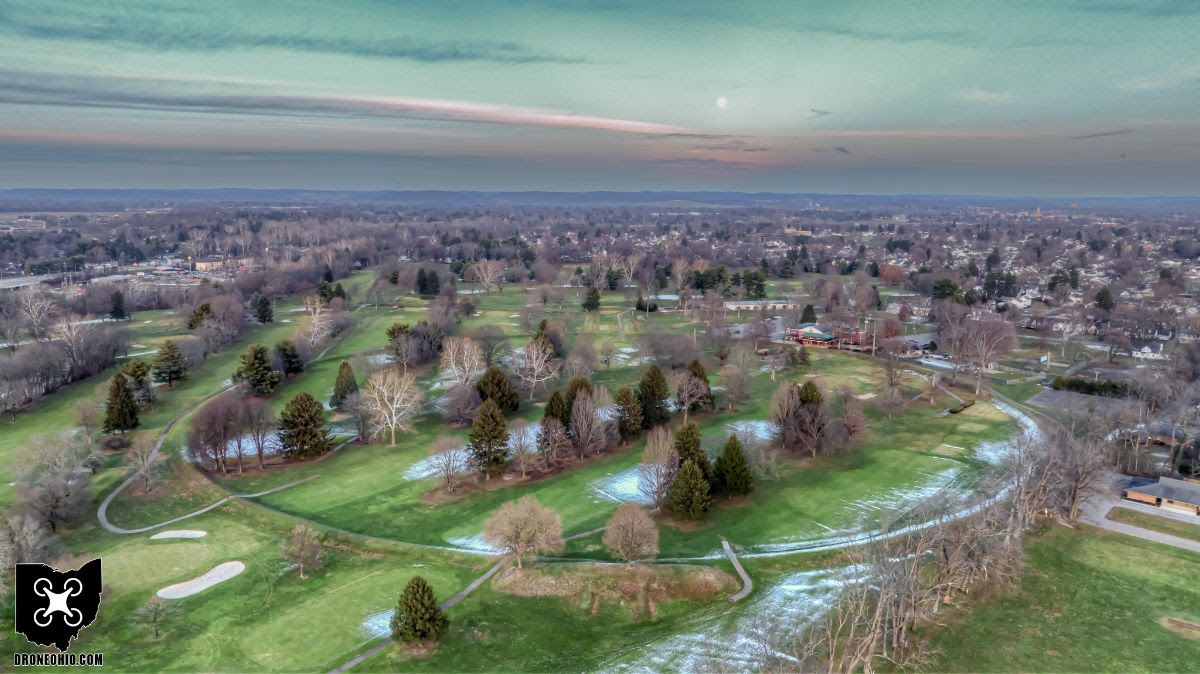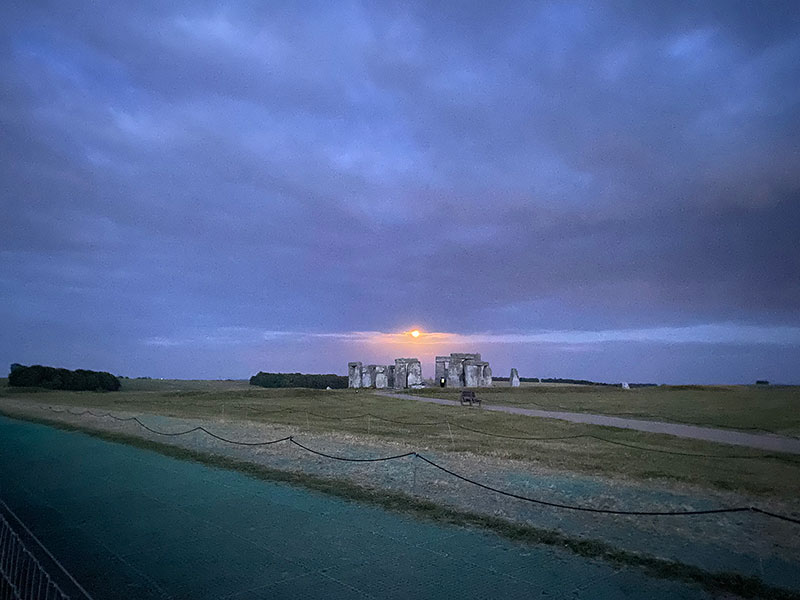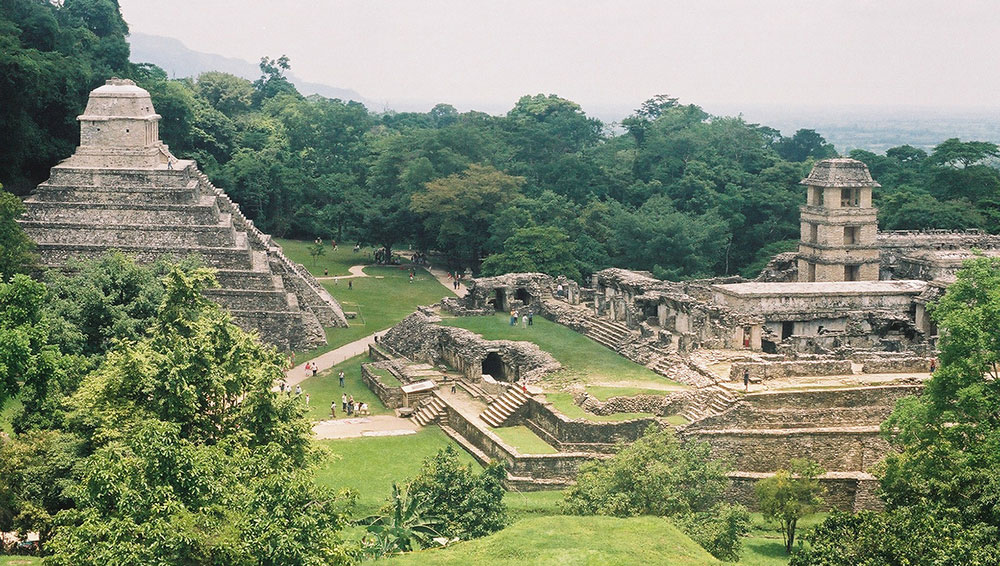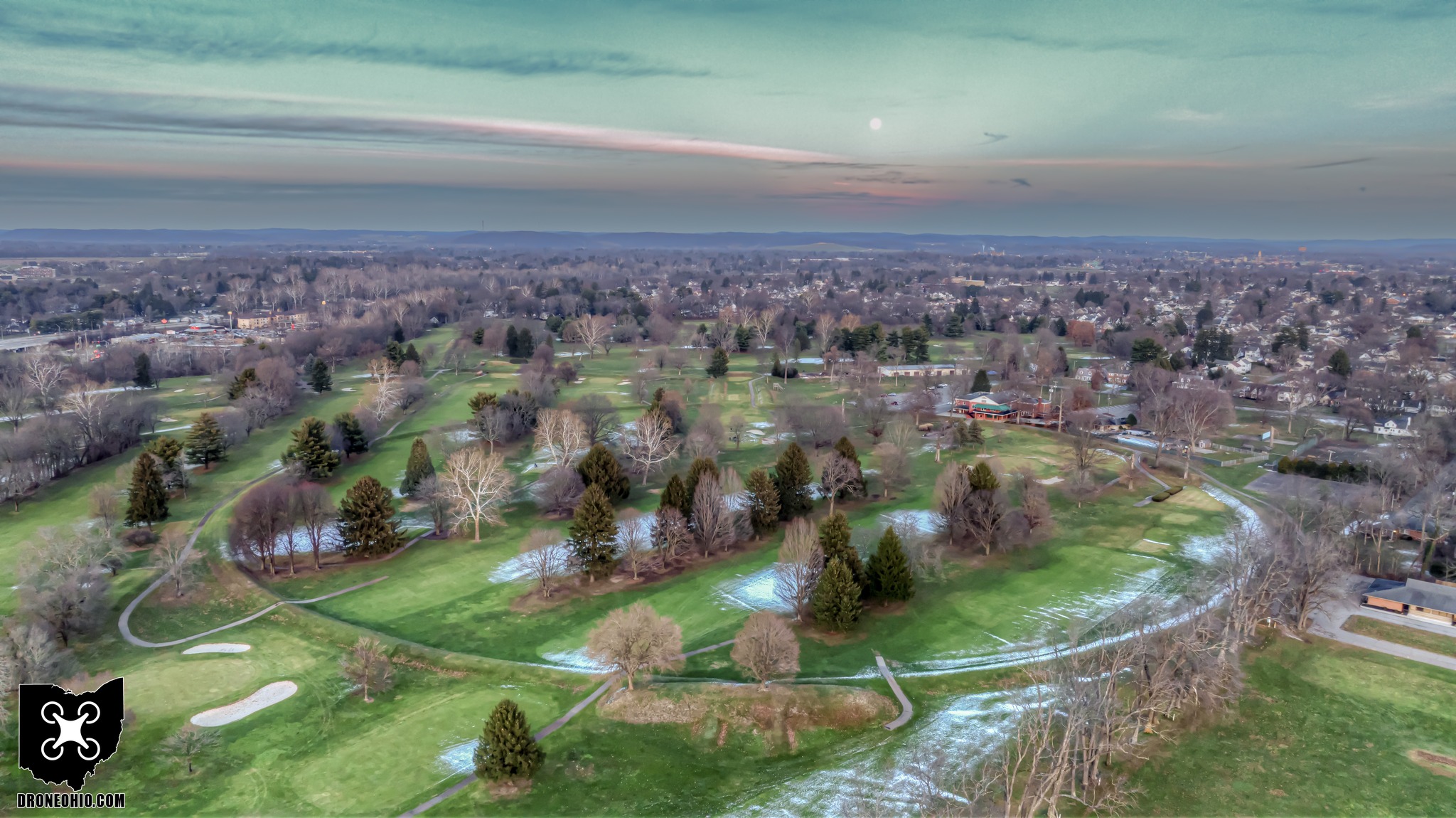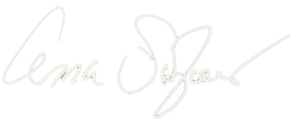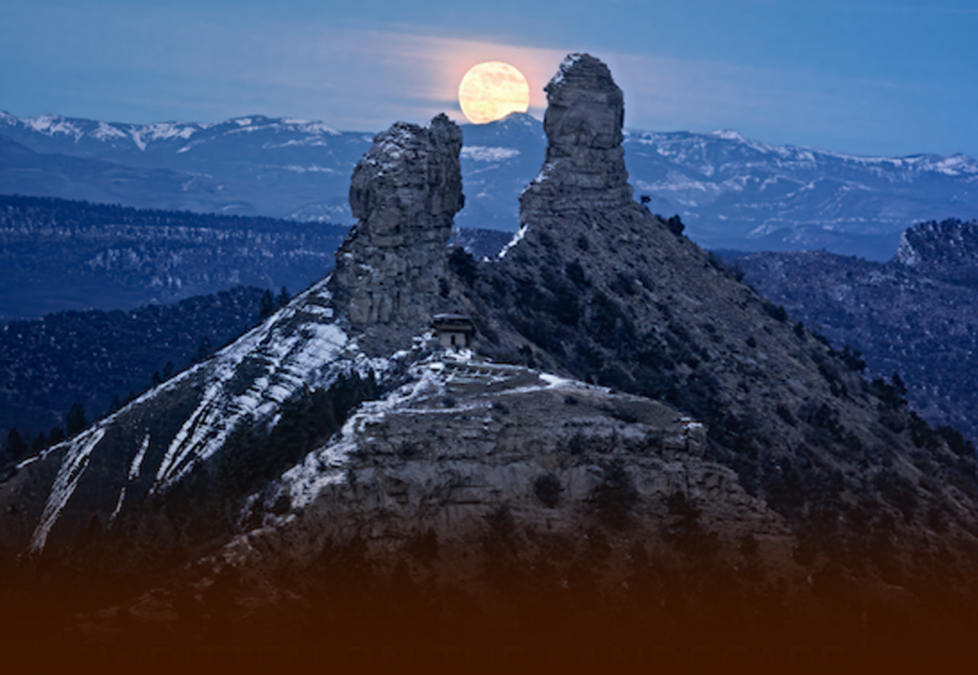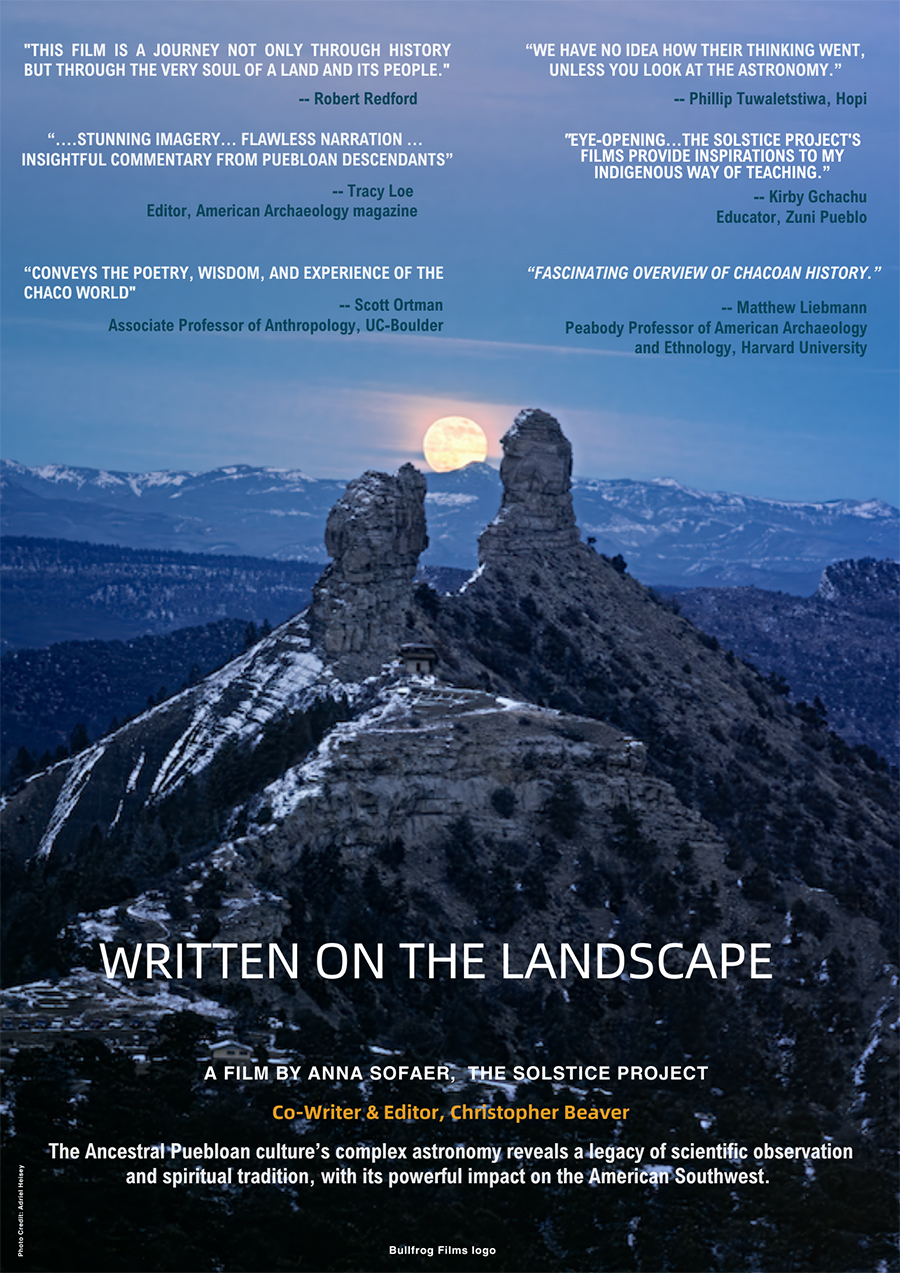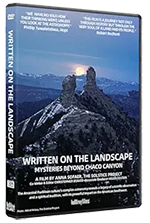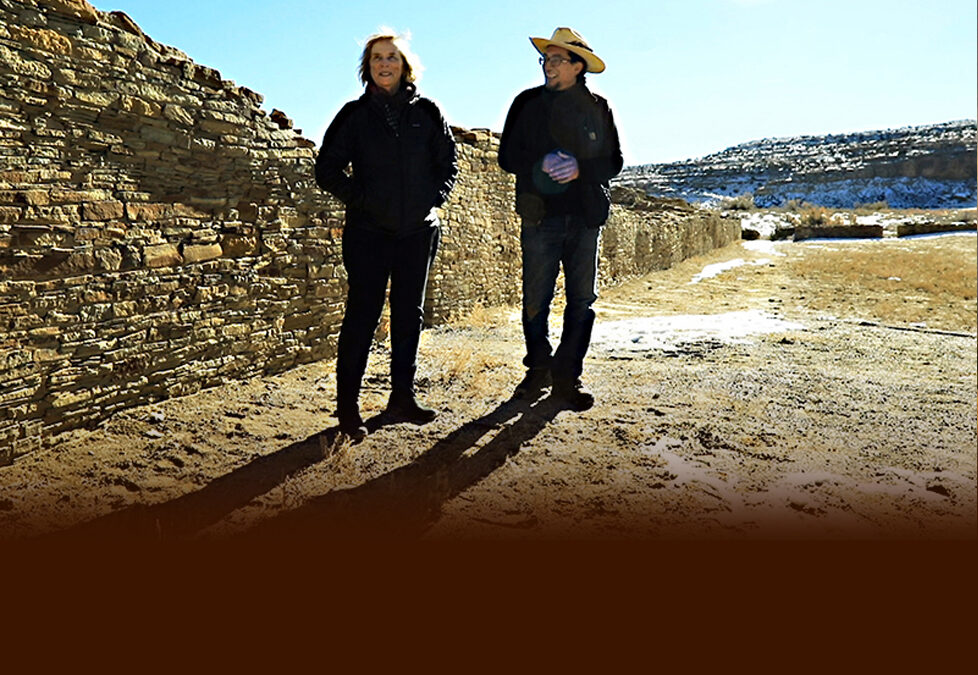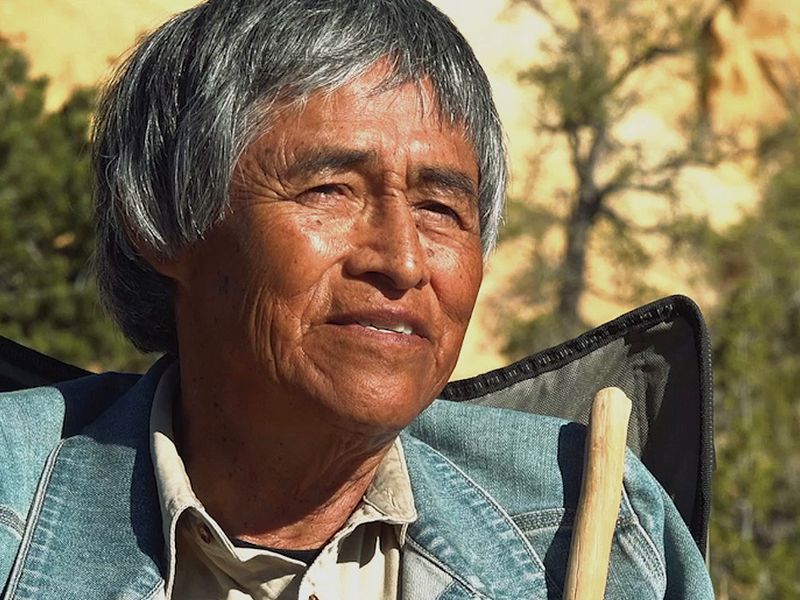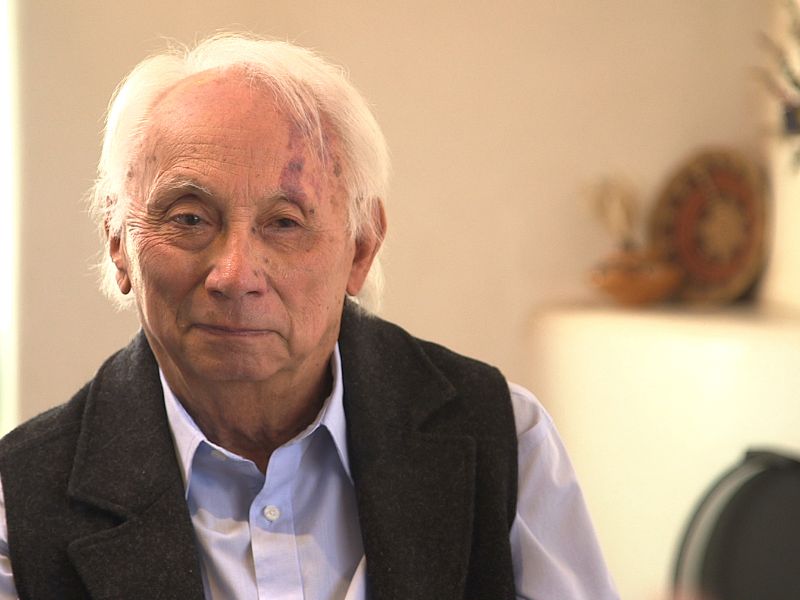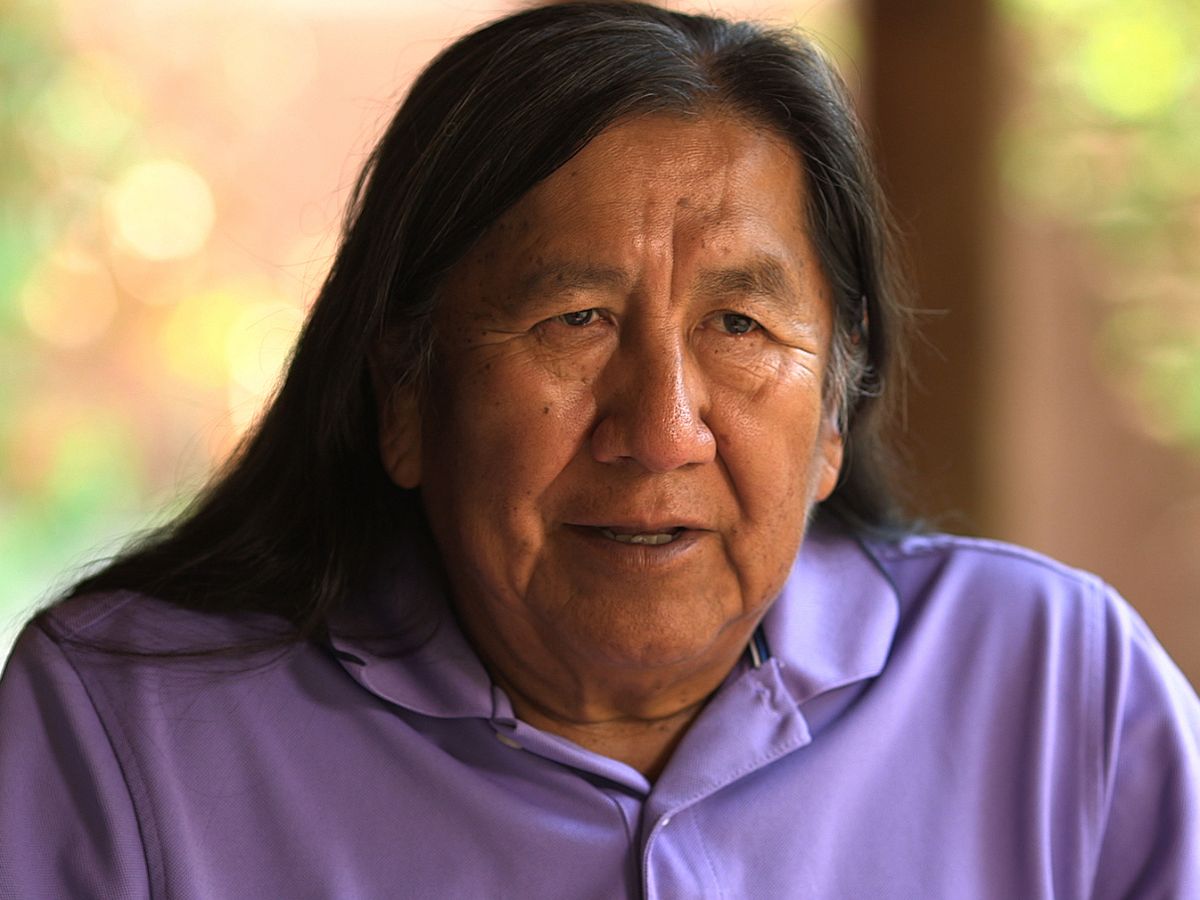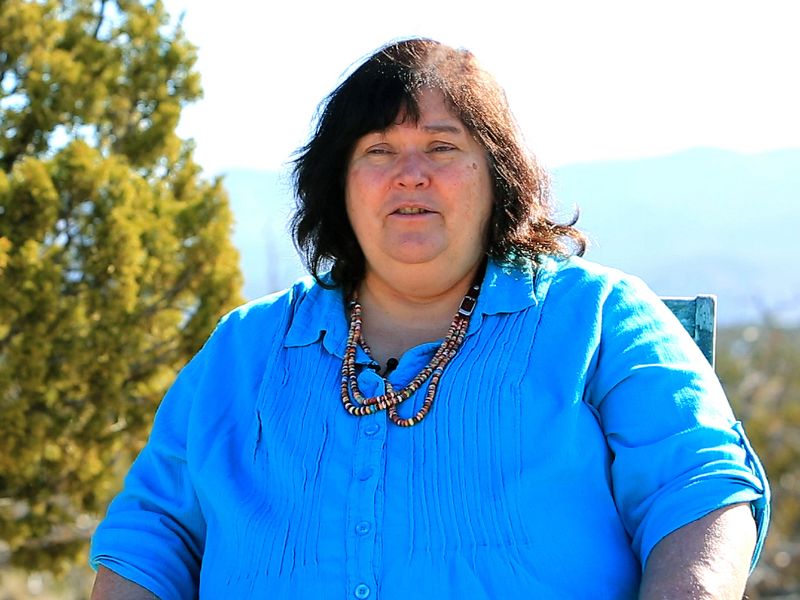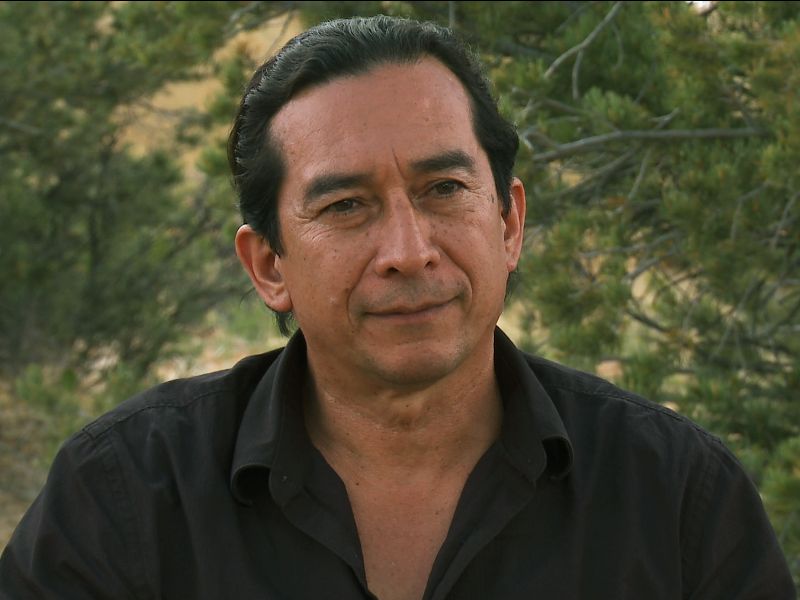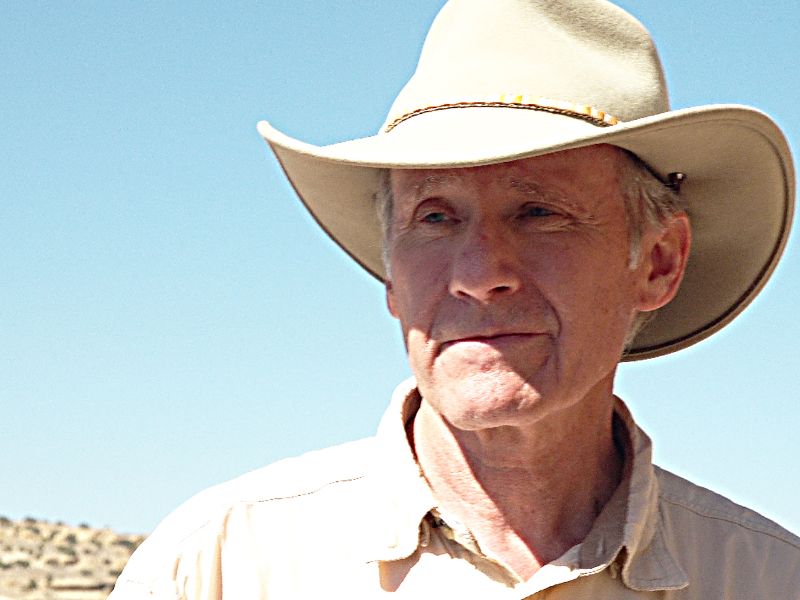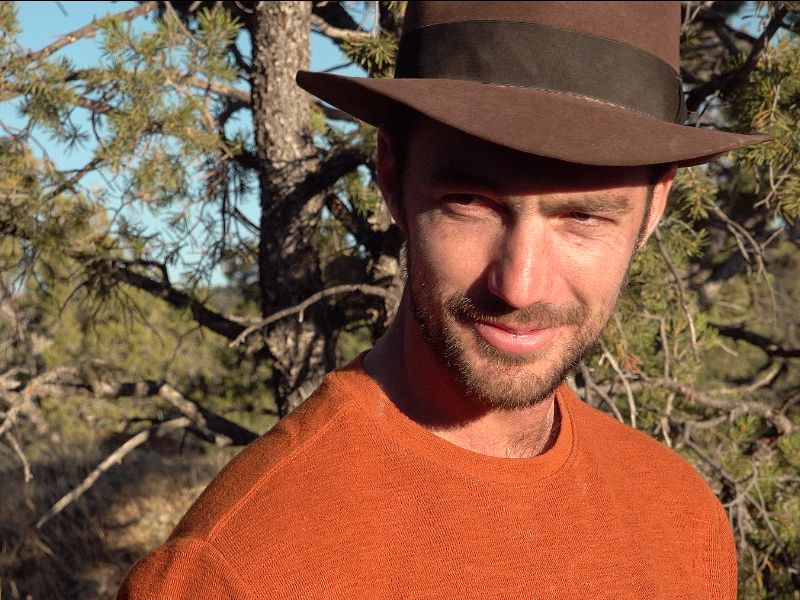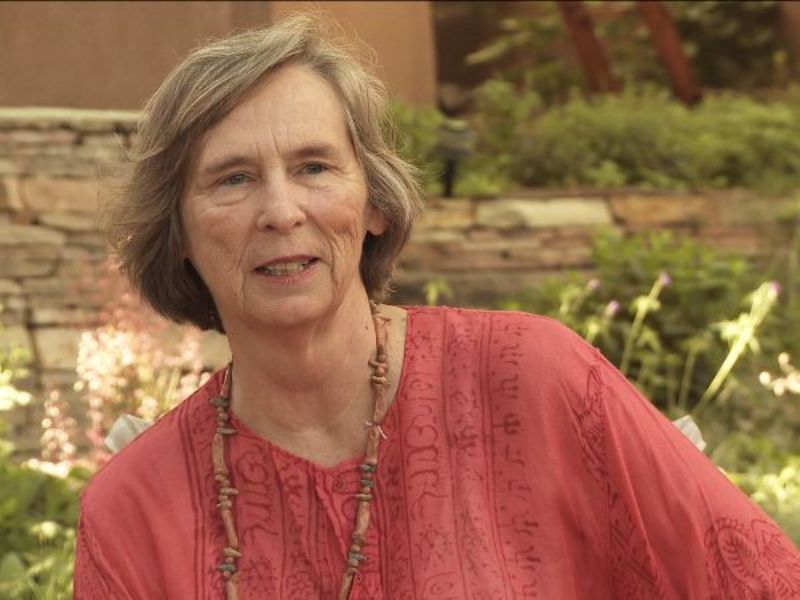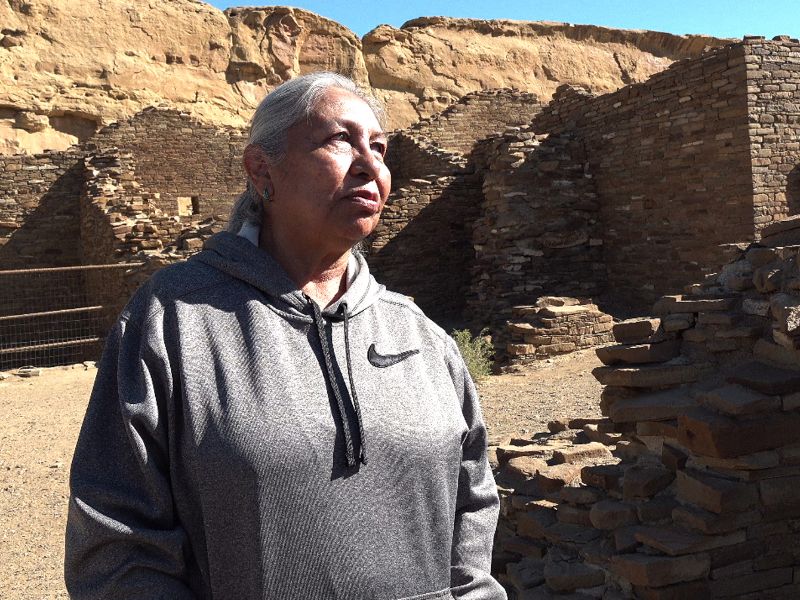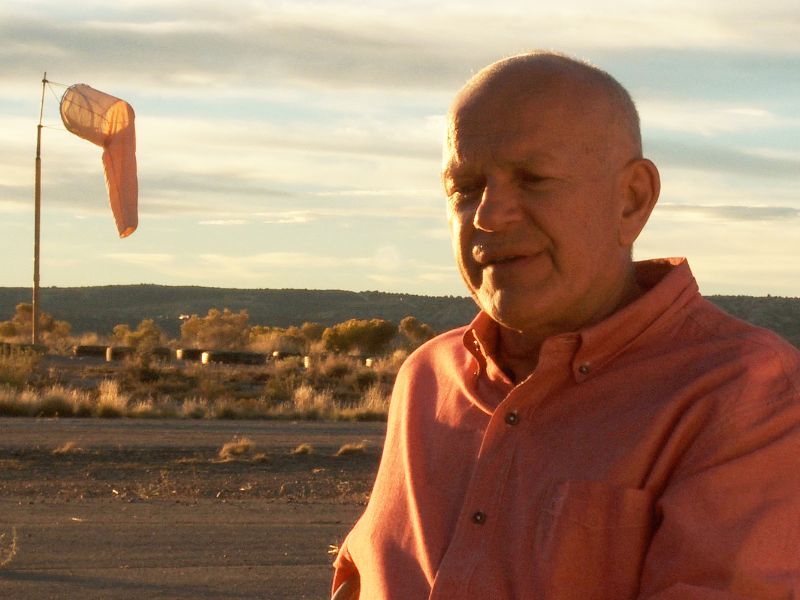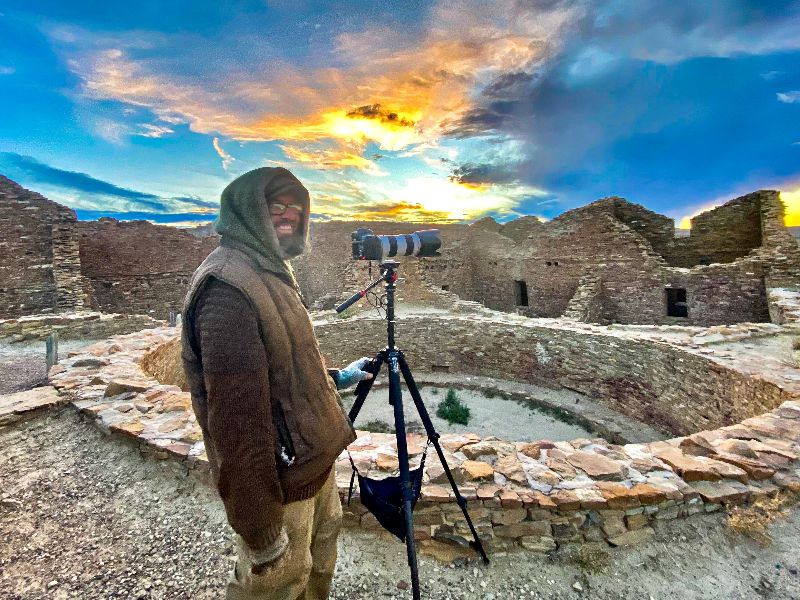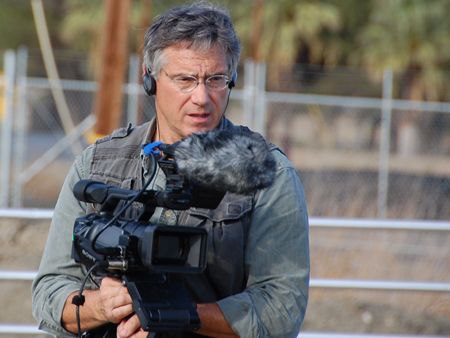
Summer Solstice Newsletter
Dear Friends,
Summer Solstice Greetings.
We’re excited to share that we’ve completed three of the four phases of production for our new film, From the Mind’s Eye—Four Ancient Cultures, Another Way of Knowing, which explores the ways ancient peoples across the world sought to understand and express our shared human connection to the cosmos.
Building on our previous trilogy that explored the mysteries of Chaco Canyon, we continue to expand our inquiry and share our understanding of global sacred sites that reflect the profound astronomical knowledge and spiritual vision of ancient cultures.
At Chaco Canyon—whose mysteries continue to unfold—we filmed compelling new sequences with Richard Friedman and myself. We offer insights into the basic orientation of Chaco Canyon in relation to the sun and moon. The Canyon itself is defined by the orientation of three mesas, marked by shrines that relate to each other on alignments to the moon. These key findings may help explain why the Canyon’s challenging landscape was established as the center of the Chaco civilization.
In Ohio, at sites of the ancient Mound Culture, we braved freezing December temperatures to capture breathtaking footage of the 18.6-year lunar standstill with astronomer Ray Hively. We also explored the rich history and philosophical legacy of the Serpent Mound, a 1,300-foot-long earthwork constructed over one thousand years ago. Though the surrounding forest now obscures much of the site, superb aerial cinematography unveiled the full grandeur of the Serpent, whose mouth points directly to the Summer Solstice Sunset on June 21 —an alignment we honor in this very newsletter.
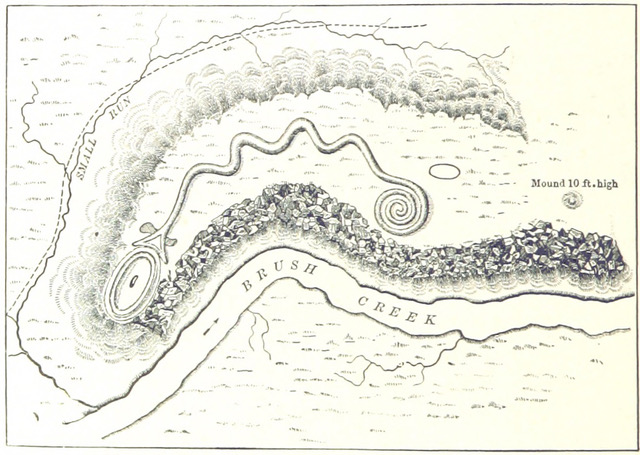
Drawing by Fred Putnam 1890
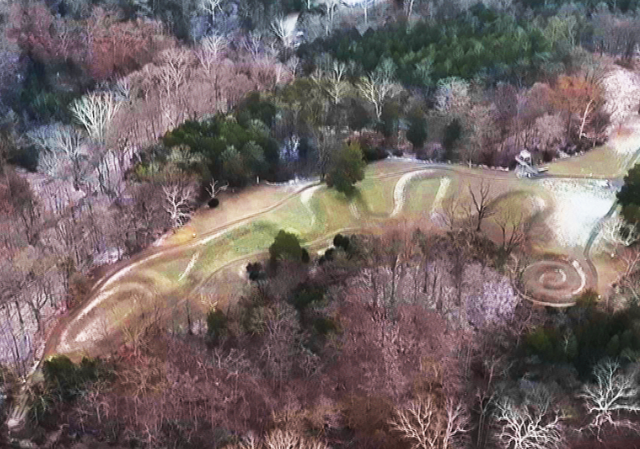
Aerial of Ohio’s 1,300 foot Serpent Mound
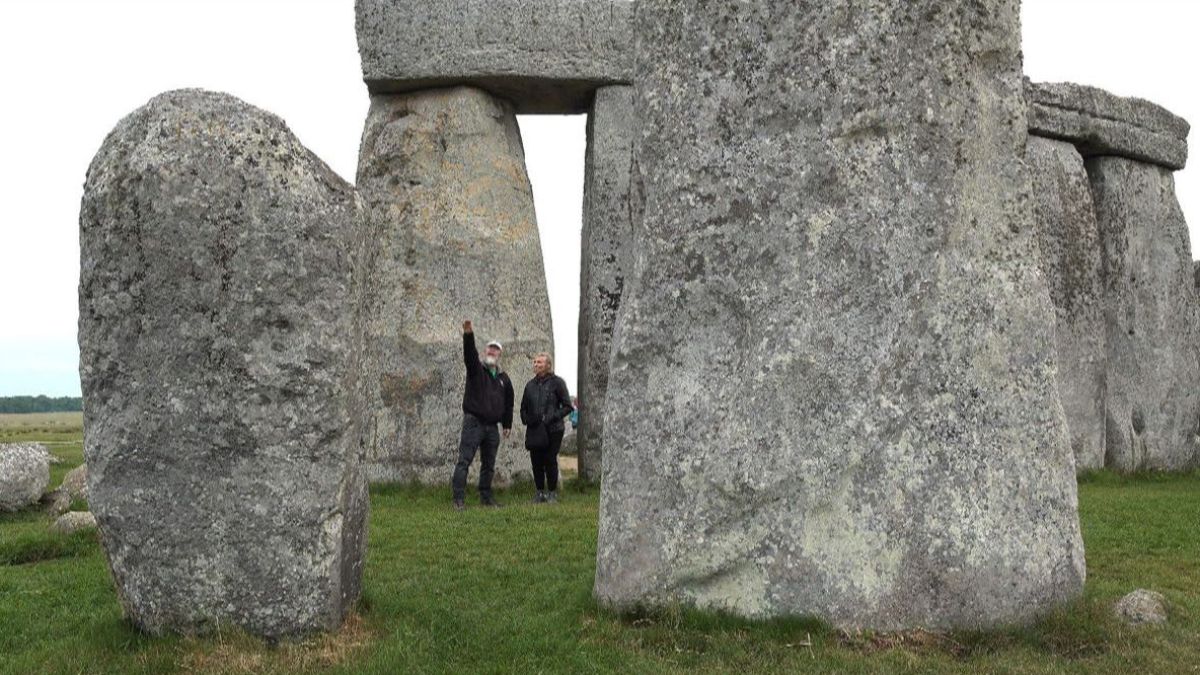
Interview at Stonehenge of archaeoastronomer Simon Banton by Anna Sofaer
Just last week, we returned from filming at Stonehenge, and this coming December we will conclude principal photography at Palenque, deep in the Land of the Maya, guided by our long-time collaborator, Alonso Mendez.
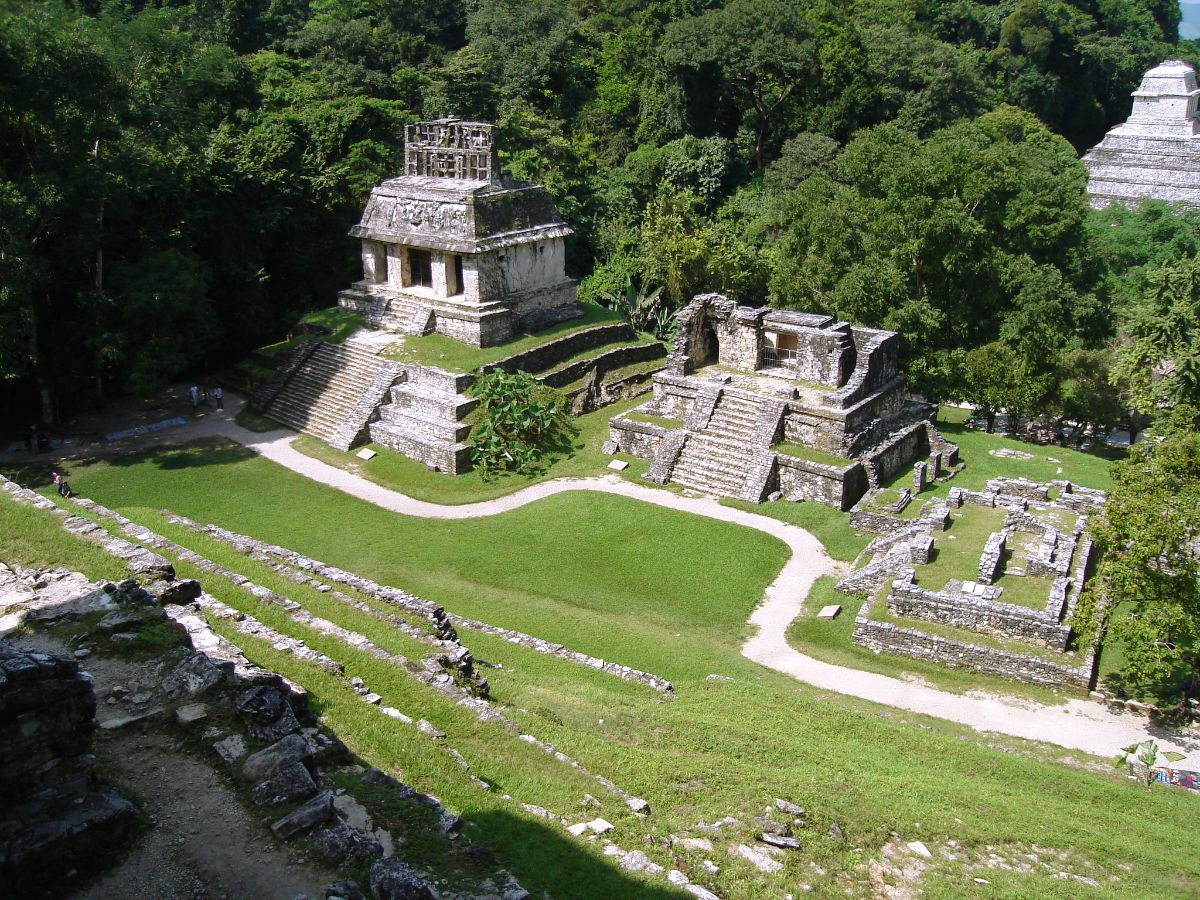
Sun Temple at Palenque, the Maya site of our next filming
In keeping with our practice since the inauguration of the Solstice Project’s films, we’ve begun the editing process with a 22-minute rough cut. This new film takes a bold step by offering a history of the long-standing skepticism (and ultimate vindication) surrounding the intellectual and astronomical achievements of these four ancient cultures. As one British archaeologist once claimed—refuting now-confirmed alignments at Stonehenge—these ancient people were merely “howling barbarians.”
Today, such views might seem like satire from a Monty Python sketch, yet given what we are experiencing on our national stage, they reflect a similar misplaced sense of cultural superiority and attempts at dominance, and a missed understanding of our common humanity.
In times like these, some may ask: Why look back? Why study ancient cultures now? To that, we turn to Stonehenge researcher Simon Blanton, who identifies our inability to literally “touch” the sky as an entry point to understanding the aspirations of the ancient builders, engineers, and astronomers:
“We can bring the sky to the ground. This is something fundamentally human.”
By honoring the achievements of the ancient world, we’re invited to see ourselves not as separate from the people of the past—but as kin. And in doing so, perhaps we deepen our capacity to see one another more clearly, more compassionately, in the world we inhabit today.
Please consider supporting our ongoing film journey and continuing your support to Chaco’s remarkable heritage and its vital protection.
Warmly,
Anna Sofaer
Executive Director
Solstice Project Inc
www.solsticeproject.org
In Other News
CONFERENCE:
Our recent film, Written on the Landscape, continues to play a significant role in both ongoing research and public presentations.
This July 7–9, 2025, Anna and several collaborators featured in our current and upcoming filming will present at an archeoastronomy conference in Ruidoso, New Mexico. The conference Understanding the Mysteries of Ancient Astronomies brings together leading voices in the field, including many closely connected to the work of the Solstice Project.
Highlights include:
- Anna Sofaer, presenting Written on the Landscape
- Richard Friedman, a longtime collaborator and researcher, presenting with Anna our renewed interactive computer graphics model of the Sun Dagger site, with research tools by collaborator Alan Price rejoining the Project’s team.
- Simon Banton, who recently joined us in filming Stonehenge, presenting The Astronomy of Stonehenge, Salisbury Plain, UK
- Davd Valentine, our close colleague and highly skilled cinematographer, presenting with GB Cornucopia, The Astronomy of Chaco Canyon and Beyond
- Michael Grofe, presenting Sidereal Calculations in the Dresden Codex Lunar Table
Alonso Mendez, presenting Centering the World: The Astronomy of Creation at Palenque—we will be filming both Alonso and Michael in the Maya temples of Palenque this December
We’re honored to see the ongoing integration of our work with such vital scholarly and cultural conversations.
SCREENING:
PBS New Mexico – Saturday, July 19 at 7:00 p.m.
Our partners at New Mexico Public Broadcasting will present an encore presentation of Written on the Landscape. Please check your local listing on their website.
To make a donation by check, please mail it to:
Solstice Project
222 East Marcy Street #19
Santa Fe, NM 87501
If you prefer, please mail your donation to the Solstice Project address above. Please note that the Solstice Project is a 501c3 non-profit organization and your contributions are tax deductible to the extent that the law allows.
